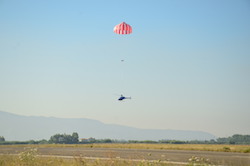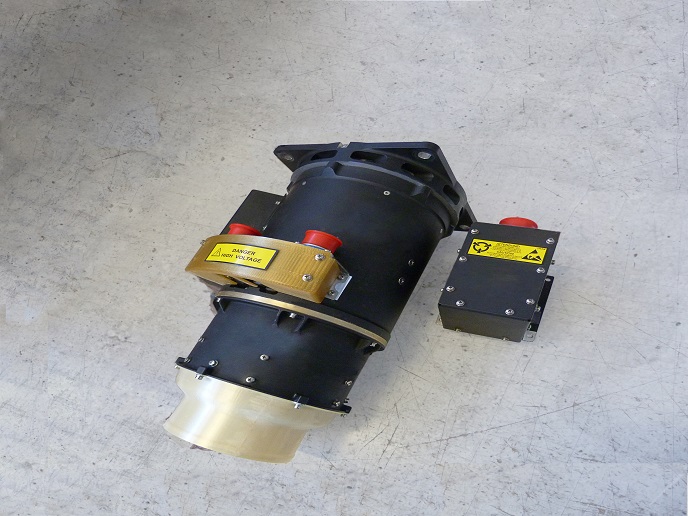A 40-year leap forward in ultralight helicopter safety
Few people know that they can buy themselves a helicopter for as little as EUR 120 000. In fact, since ultralight helicopters became a thing in the 80s, they’ve remained a rather niche market. Safety in adverse weather conditions has always been a concern, and surprisingly enough, not much has been done to ease these concerns since the first ultralight helicopters were commercialized. According to Dr Ivan Montanari, coordinator of the DISRUPT project, the lack of technological breakthroughs on this market is actually due to a combination of three factors: ultralight helicopters being built primarily by SMEs which can’t afford radical design changes; a conception, assembly and maintenance process that operates with little concern for certified aeronautical standards; and the 450kg limit above which a helicopter is not considered ultralight anymore. One of these three barriers, however, has recently been lifted. EU regulation now allows for an ultralight helicopter to weigh up to 600kg, which means more flexibility for manufacturers willing to improve their products’ safety. “Hopefully this will be the first step towards a European harmonisation of the technical requirements for aircrafts excluded from the Basic Regulation,” says Dr Montanari. To make the most of this opportunity, Curti Aerospace Division (with the help of Hypertec Solutions) partnered with PBS Velká Bíteš of the Czech Republic and Junkers Profly of Germany to develop the Curti Zefhir, a brand new ultralight helicopter integrating a parachute rescue system. The Zefhir’s blades and body capitalise on the latest advances in composite material construction, while its modern turbine design and advanced FADEC (Full Authority Digital Engine Control) software algorithms provide it with the required power. The rescue system comprises smart opening solutions, the lightest and most effective parachute materials, and composites for the containment box. According to Dr Montanari, “the DISRUPT project is on track to deliver a safer alternative ultralight rotorcraft with a 21st century design.” Zefhir adheres to EASA CS-27 requirements for larger helicopters and went through demanding ad-hoc tests for its critical flying parts. Its turboshaft engine has been designed to deliver consistent performance in adverse weather conditions as well as at high altitude and temperatures, while the FADEC makes it easy to fly. The chosen blade profile also leads to higher efficiency and lower noise emission. “Thanks to a six-month extension to the DISRUPT Project, we managed to achieve all the challenging goals we had set at its start. We validated, for the first time ever as far as we know, a parachute safety system for ultralight helicopters. We are currently completing the flight tests on the industrialized prototype built within the DISRUPT project so we can invite prospective customers for flight tests early next year,” says Dr Montanari. Public reaction to the prototype was largely positive as it was presented at AERO Friedrichshafen in April 2018. “Possibly the most rewarding feedback was the visit at our booth and the compliments we received from the engineer that designed one of the most important and popular certified ultralight helicopters on the market today,” says Dr Montanari. Curti Aerospace is now focusing on the remaining technical and marketing activities that should lead to its commercial release at AERO 2019.







